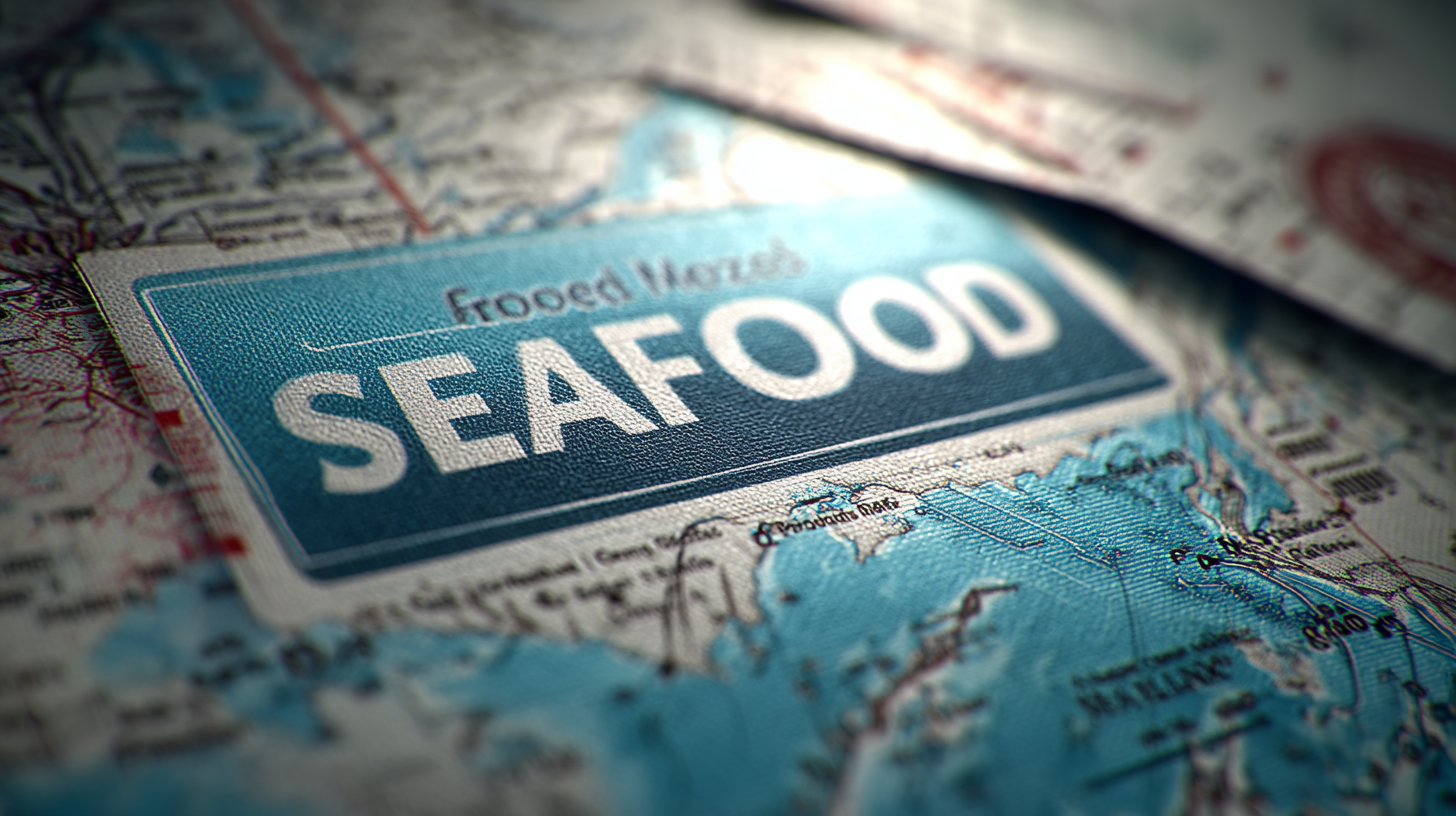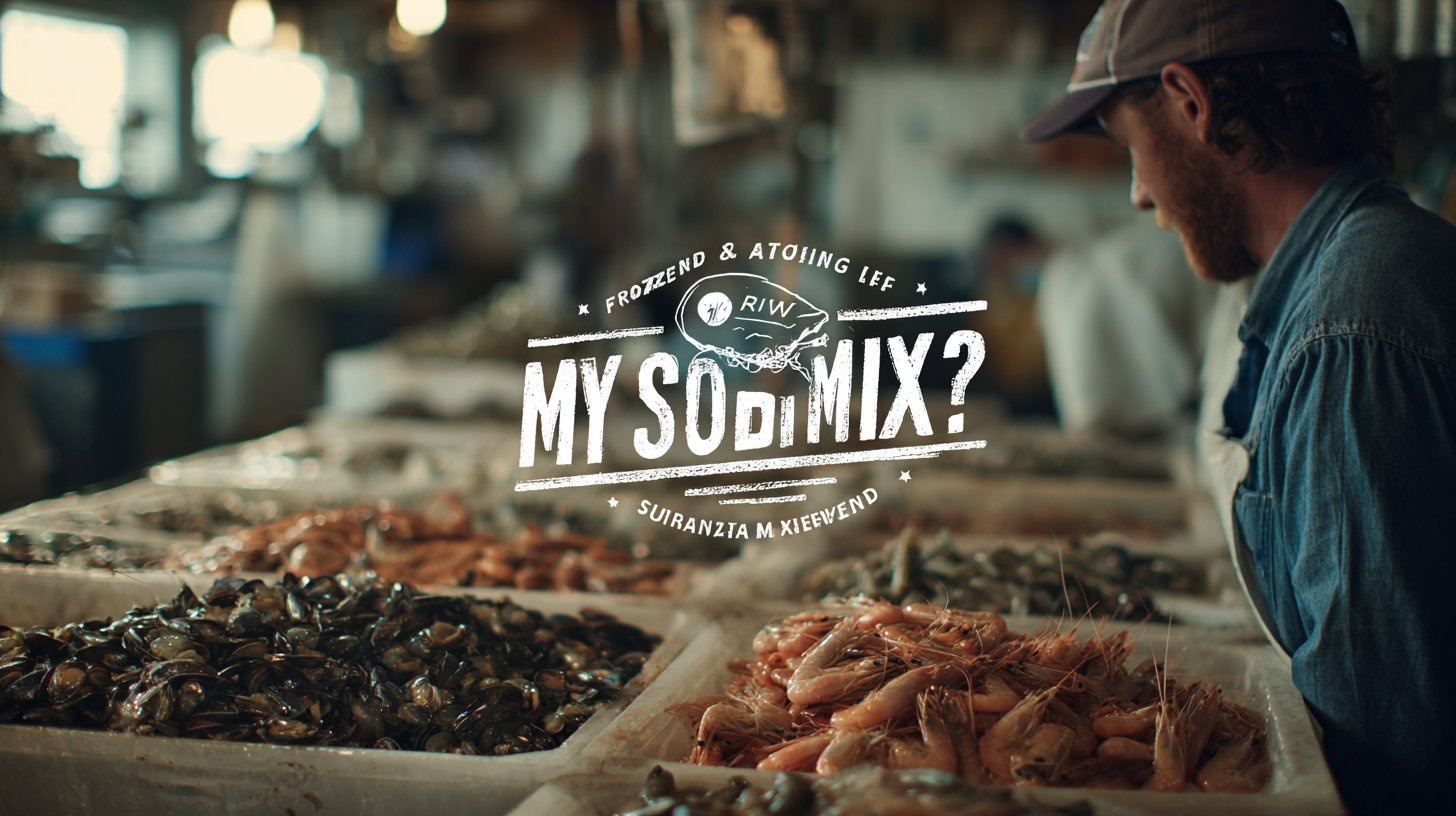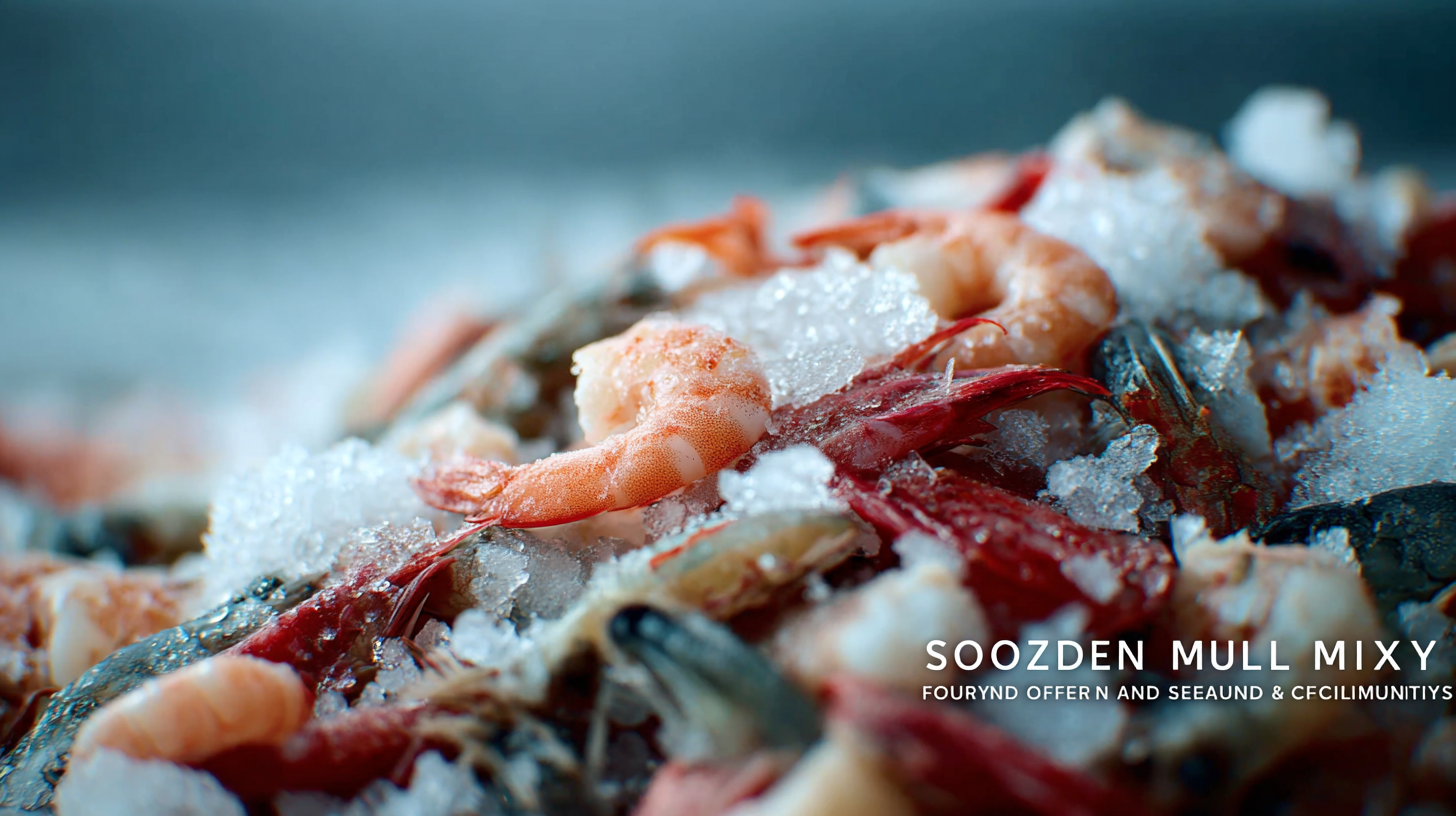In an era where culinary diversity and environmental consciousness take center stage, sourcing the best frozen seafood mix has emerged as a pivotal concern for both consumers and retailers alike. With the growing popularity of seafood due to its health benefits and versatility, the demand for high-quality frozen seafood mixes is on the rise. However, navigating the complexities of quality assurance and sustainability can be daunting. From identifying the freshest catches to understanding sustainable fishing practices, consumers are faced with numerous challenges that can compromise their purchasing decisions.

This blog will guide you through the intricacies of sourcing premium frozen seafood mixes, emphasizing the importance of quality and eco-friendly practices. By shedding light on the issues at hand, we aim to empower you to make informed choices that align with both your culinary desires and ethical standards.
When selecting a frozen seafood mix, understanding the key quality criteria is paramount to ensure that consumers receive the best product possible. Freshness is a vital factor; seafood should be frozen at peak quality to retain its flavor and nutritional value. Look for products that specify when and where the seafood was sourced, as this information provides insight into its freshness and handling. Pay attention to texture and appearance as well, as high-quality seafood should have a vibrant color and firm texture.
Sustainability also plays a critical role in the selection process. Many consumers are becoming increasingly conscious of the environmental impacts of their food choices. Therefore, identifying sourcing practices that prioritize sustainable fishing methods can make a significant difference. Certifications from recognized organizations can serve as a guide to ensure that the seafood mix is not only high in quality but also ethically sourced. By focusing on these key quality criteria—freshness, appearance, and sustainability—consumers can navigate the challenges of sourcing the best frozen seafood mix with confidence.
| Quality Criteria | Description | Sustainability Rating | Source Certification |
|---|---|---|---|
| Freshness | Indicator of the product’s quality based on handling and storage conditions | High | MSC Certified |
| Frozen Storage Temperature | Maintaining proper freezing conditions to prevent spoilage | Medium | BAP Certified |
| Ingredient Transparency | Clear labeling of ingredients and sourcing information | High | IQF Certified |
| Sustainability Practices | Adherence to environmentally friendly fishing and farming methods | High | FOS Certified |
| Flavor Profile | Taste and overall sensory experience of the seafood mix | Medium | N/A |
In the quest for the best frozen seafood mix, sustainable sourcing practices play a pivotal role in ensuring not only quality but also environmental responsibility. Sustainable sourcing involves selecting seafood from fisheries and aquaculture operations that maintain ecological balance, protect biodiversity, and adhere to legal fishing practices. As consumers become increasingly aware of the impact their food choices have on the planet, understanding these sustainable practices is more crucial than ever.
Tips for identifying sustainably sourced frozen seafood include looking for certifications from reputable organizations such as the Marine Stewardship Council (MSC) or the Aquaculture Stewardship Council (ASC). These labels indicate that the seafood is sourced from operations that meet rigorous environmental and social standards. Additionally, consider supporting brands that prioritize transparency in their sourcing methods, which can often provide insight into the practices used to harvest their products.
Another important aspect is to ask retailers about the origin of their seafood. Engaging with suppliers can not only help consumers make informed choices but also encourage retailers to prioritize sustainable practices. By fostering this demand for transparency and sustainability, consumers can drive positive change within the seafood industry, ensuring that future generations can enjoy high-quality seafood without compromising the health of our oceans.
 When navigating the complexities of sourcing frozen seafood, understanding certification standards is paramount. Many brands today emphasize ecologically responsible seafood sourcing, which not only benefits the environment but also assures consumers of quality. With multiple sustainability certifications available, it's essential to evaluate their credibility and impact. These certifications serve as vital market tools that enhance informed purchasing decisions while raising awareness of sustainable practices within the industry.
When navigating the complexities of sourcing frozen seafood, understanding certification standards is paramount. Many brands today emphasize ecologically responsible seafood sourcing, which not only benefits the environment but also assures consumers of quality. With multiple sustainability certifications available, it's essential to evaluate their credibility and impact. These certifications serve as vital market tools that enhance informed purchasing decisions while raising awareness of sustainable practices within the industry.
Tips for Choosing Certified Seafood:
Additionally, recent assessments of fisheries highlight the importance of certifications like the Marine Stewardship Council (MSC), which demonstrate a fishery's commitment to high sustainability standards. Consumers increasingly demand environmental, social, and ethical information about seafood products, which places pressure on producers to comply. This shift emphasizes the role of certifications in not only promoting sustainable practices but also in shaping consumer behavior toward more responsible seafood sourcing.
Tips for Staying Informed:
As consumer awareness regarding seafood quality and sustainability continues to grow, the demand for ethically sourced frozen seafood mixes is becoming increasingly prominent. Consumers today are not just looking for convenience; they want assurance that the products they are purchasing align with their values. This shift is driving companies to prioritize transparency in their sourcing practices, leading to an increase in certifications and eco-labels that highlight sustainable fishing methods and responsible sourcing.

Moreover, recent studies indicate that consumers are willing to pay a premium for seafood products that are certified sustainable. This trend reflects a broader movement towards conscious consumption, where the quality of the product is intertwined with its environmental impact. Brands are responding by reformulating their products, ensuring traceability from ocean to plate, and actively communicating their efforts to consumers. By understanding and addressing these evolving consumer trends, businesses can not only meet the demand for high-quality seafood but also contribute meaningfully to the sustainability of marine ecosystems.
When sourcing frozen seafood mixes, it's essential to be vigilant about potential red flags that could indicate quality and sustainability issues. One of the primary concerns is the source of the seafood. Always inquire about where the seafood is harvested or farmed and ensure that suppliers provide transparency regarding their sourcing practices. Look for certifications such as MSC (Marine Stewardship Council) or ASC (Aquaculture Stewardship Council), which can be indicative of responsible harvesting methods and sustainability standards.
Additionally, pay close attention to packaging and labeling. High-quality frozen seafood should have clear labels that display catch dates, processing information, and storage guidelines. Be cautious of vague descriptions or missing information, as these can suggest a lack of accountability in the supply chain. Checking for proper freezing techniques is also crucial; seafood that has been improperly frozen can lose flavor and texture, leading to a subpar culinary experience. By being proactive and informed, you can better navigate the complexities of the frozen seafood market and ensure that you are sourcing products that meet high standards of quality and sustainability.
